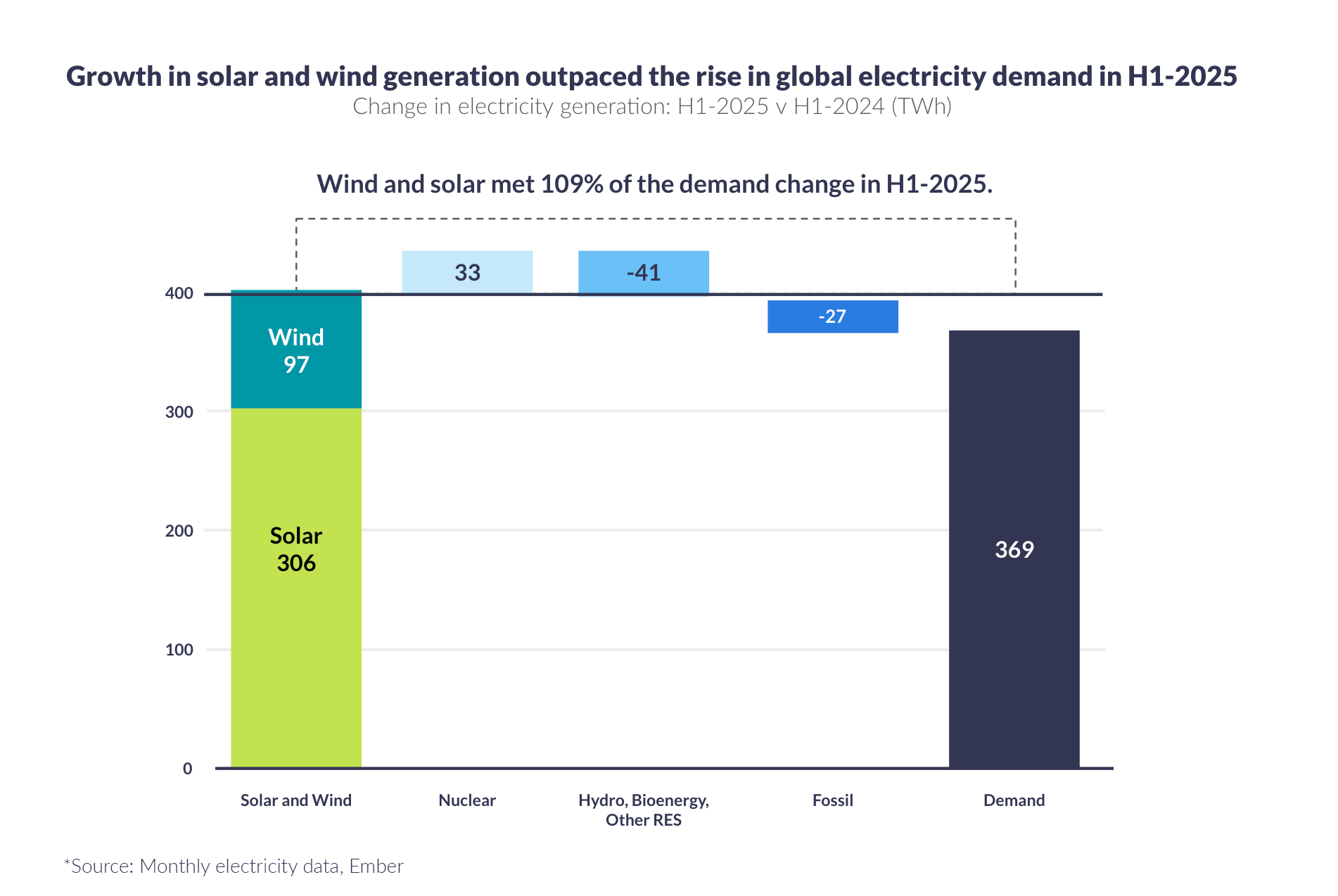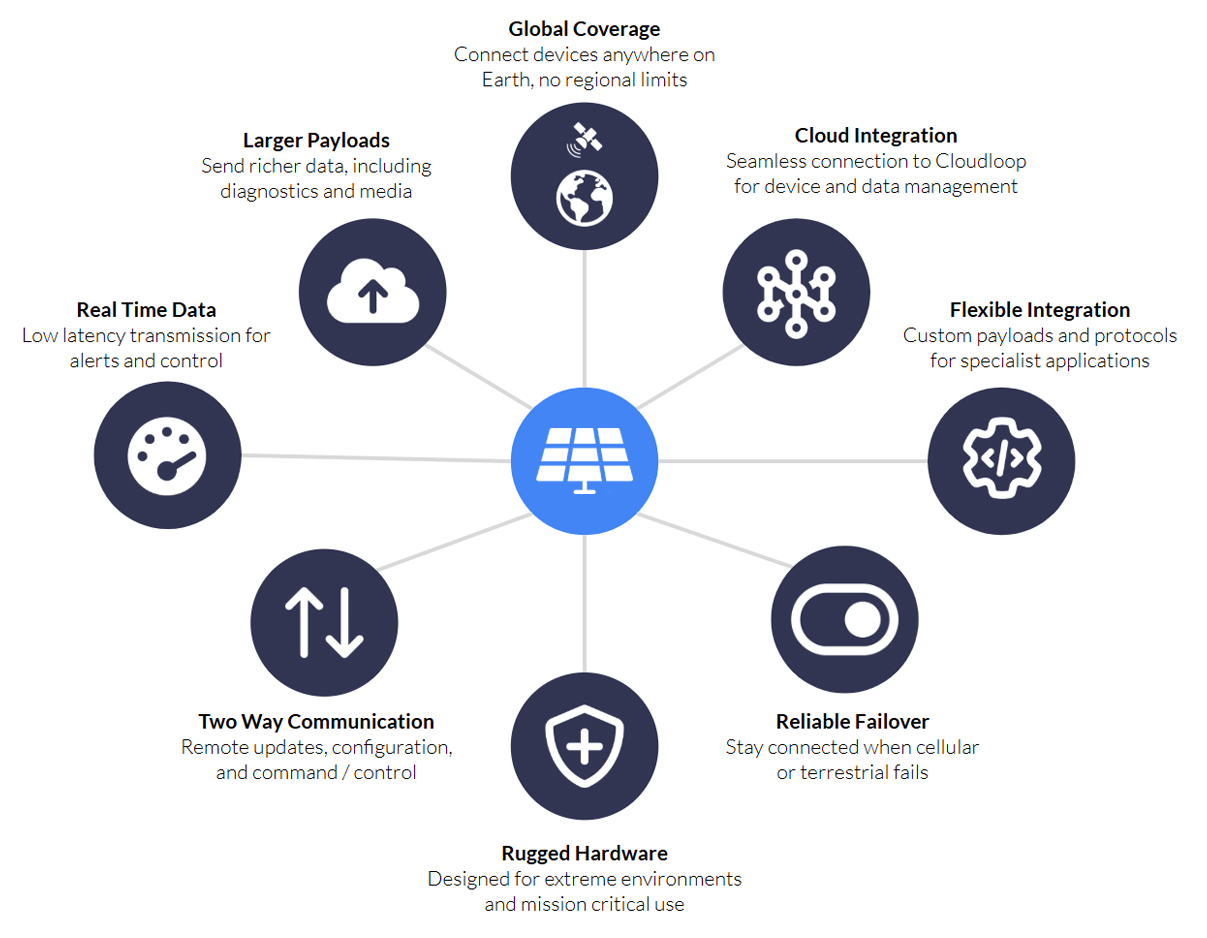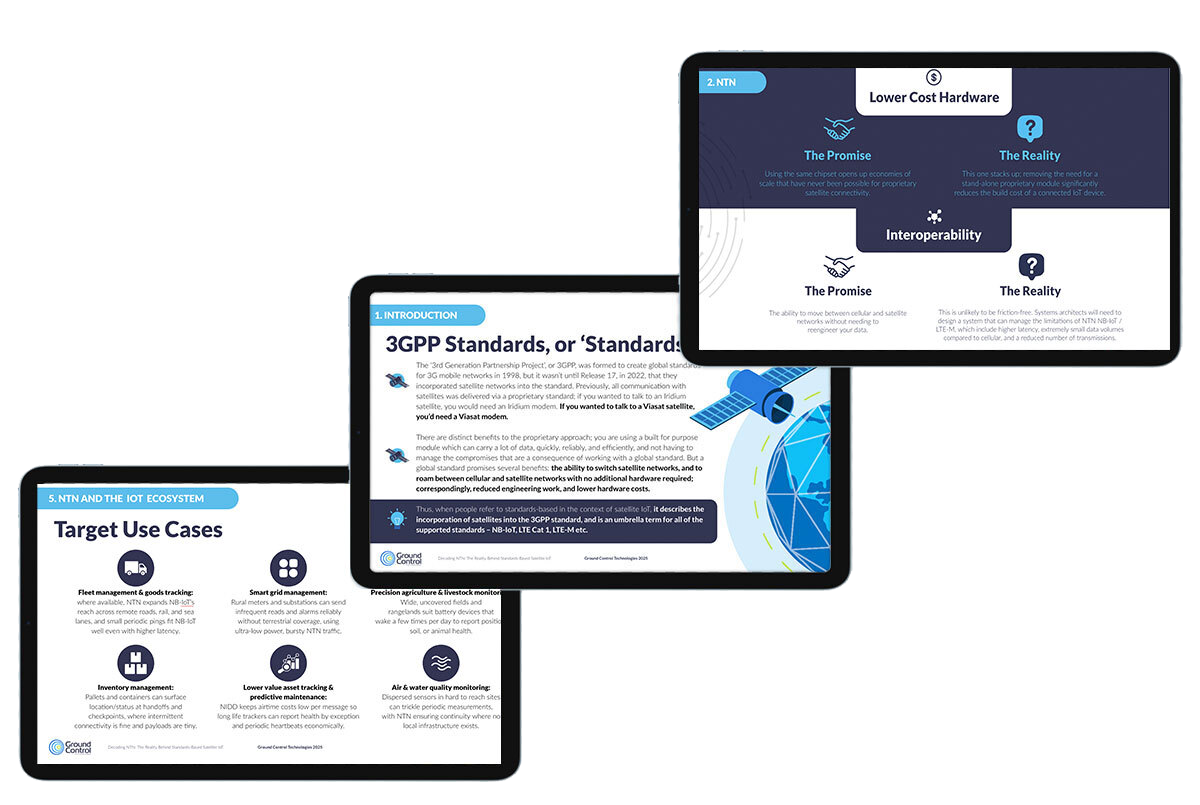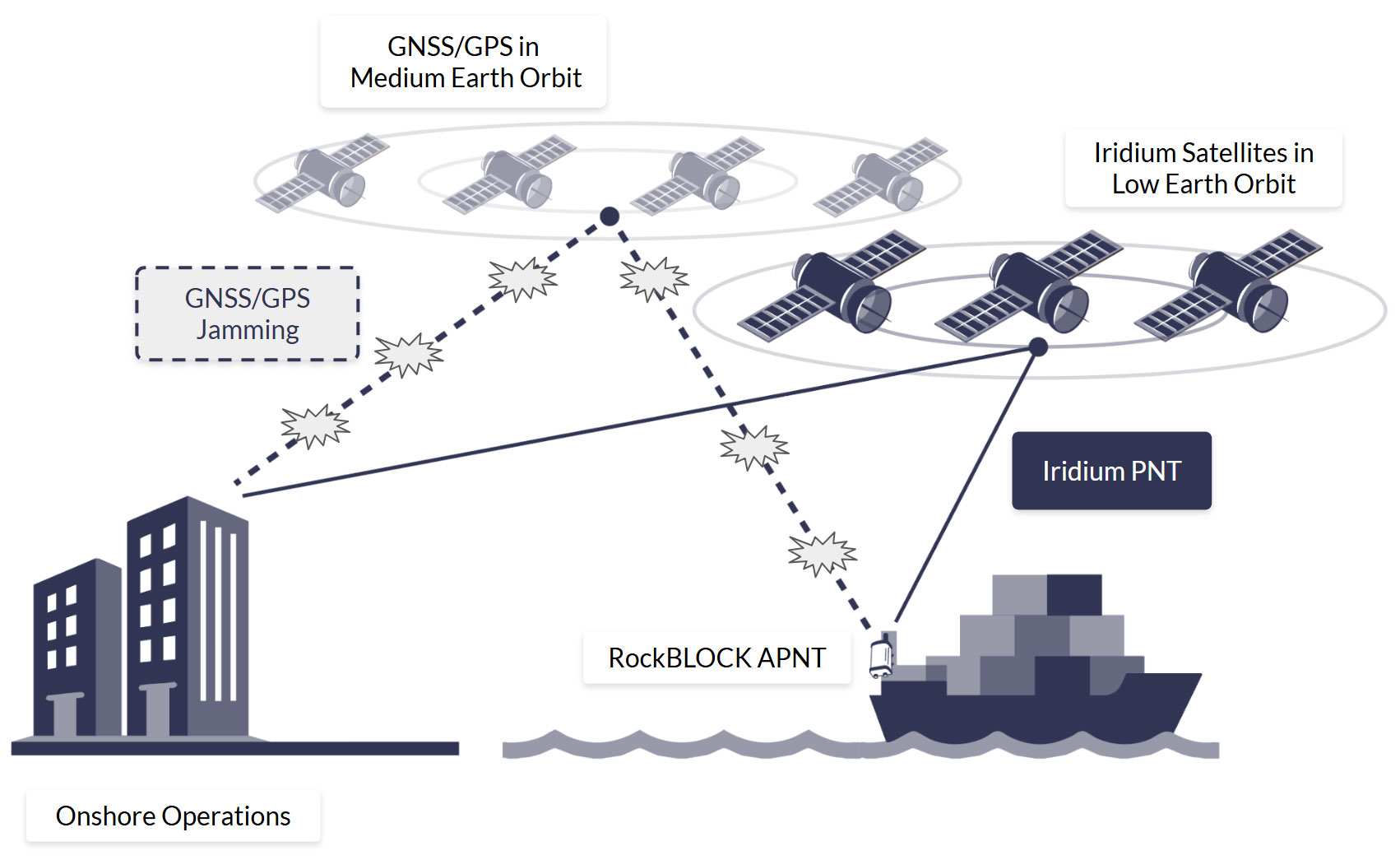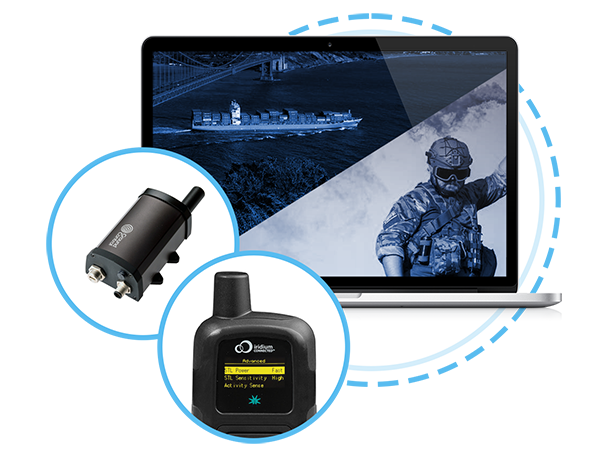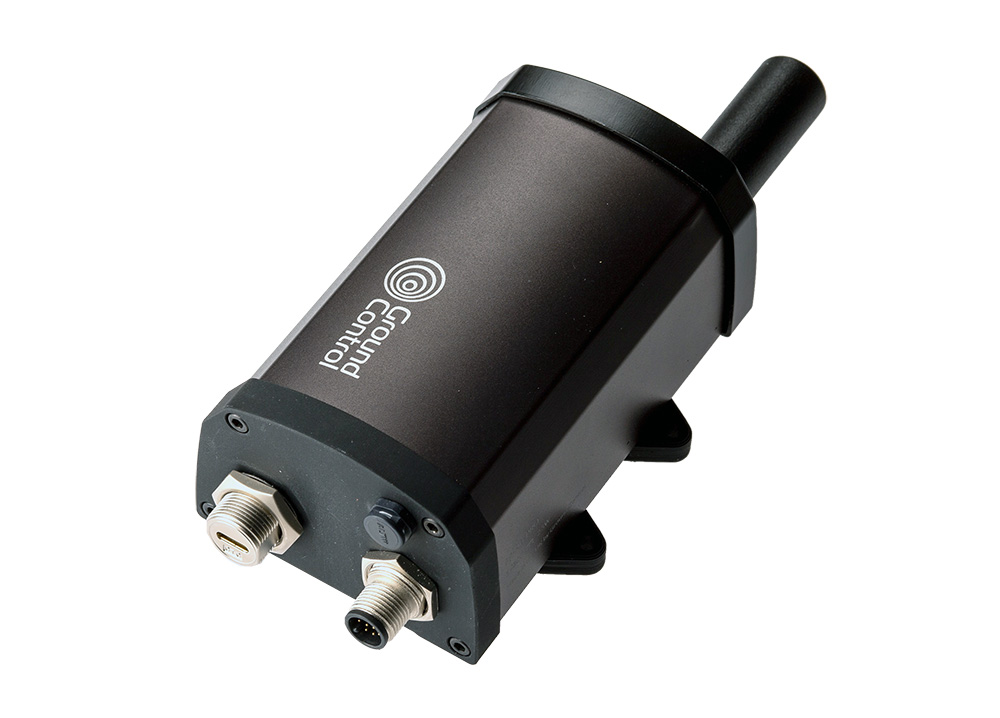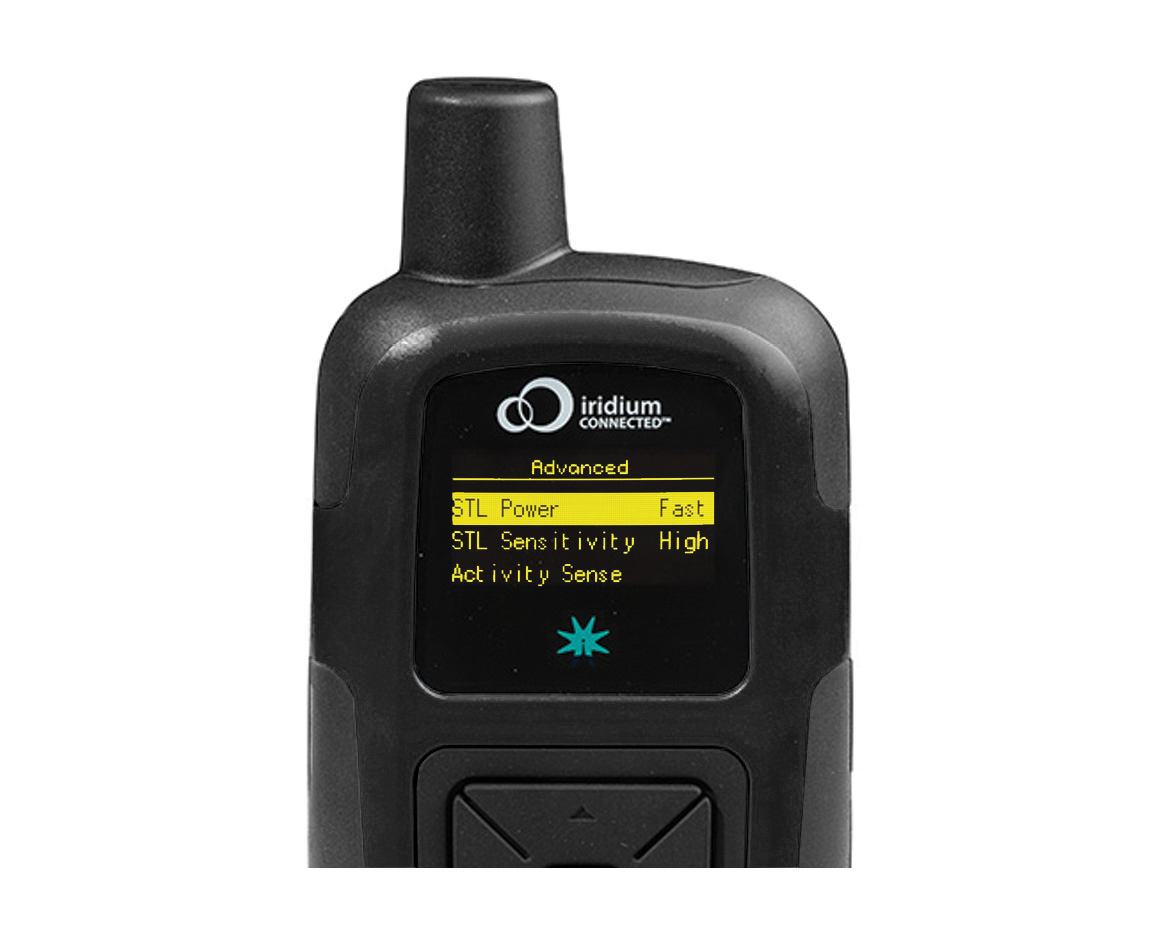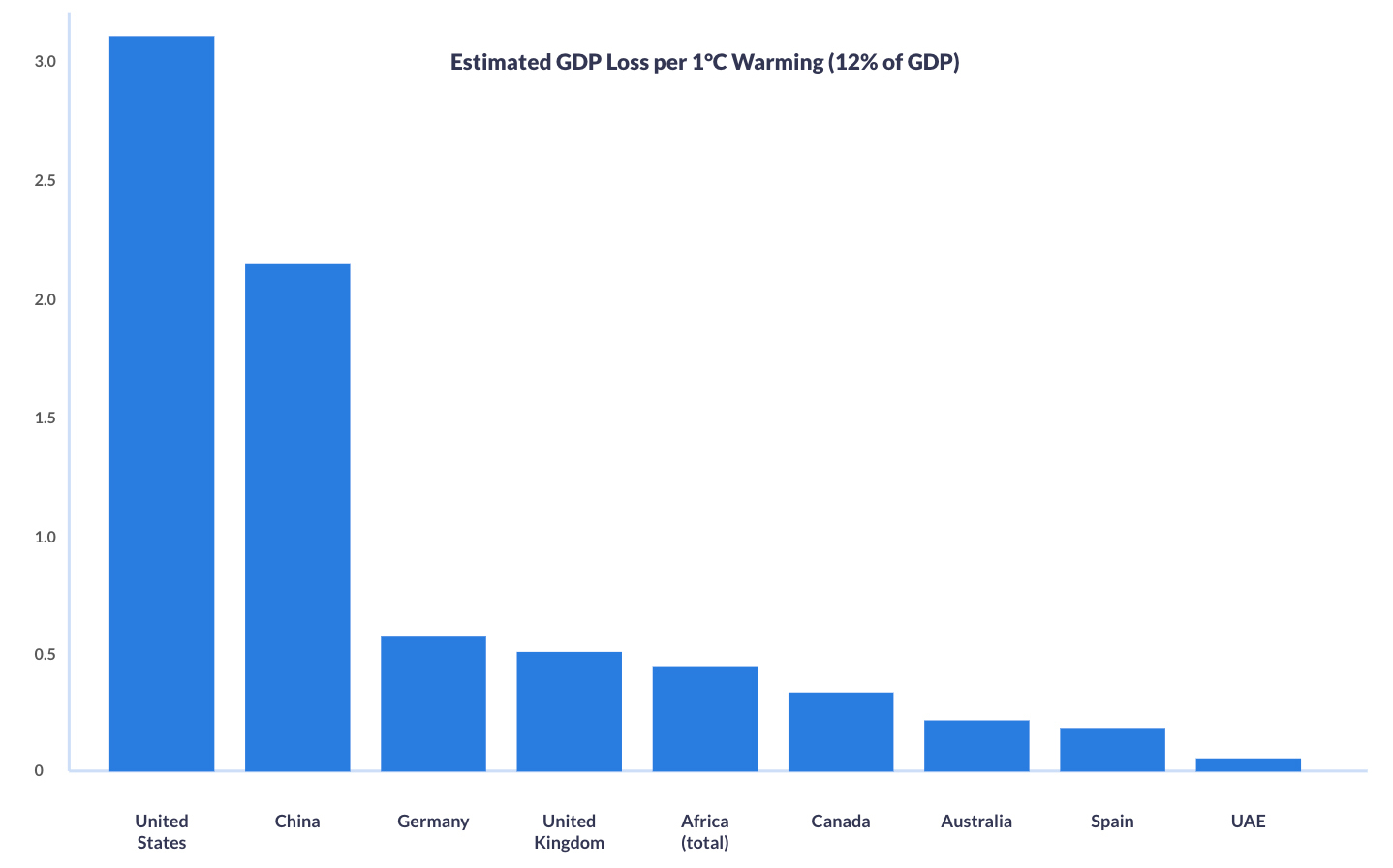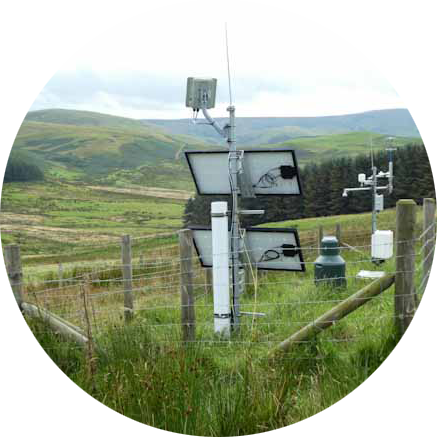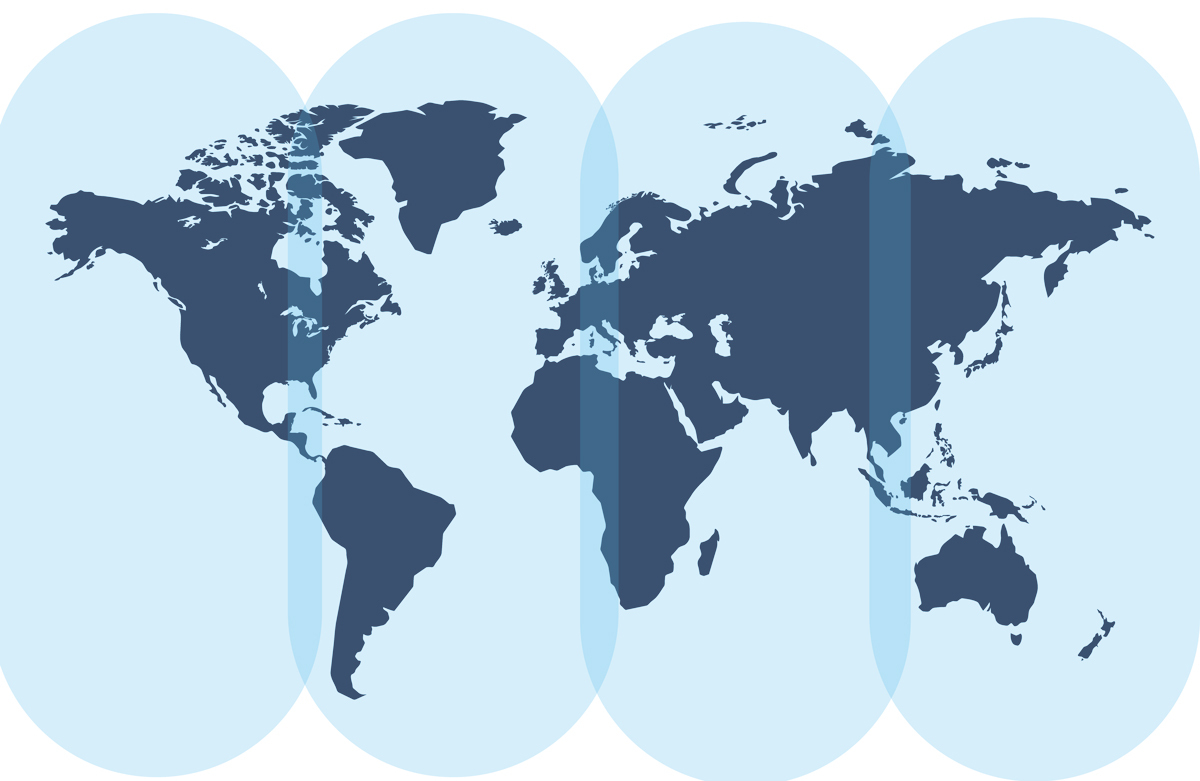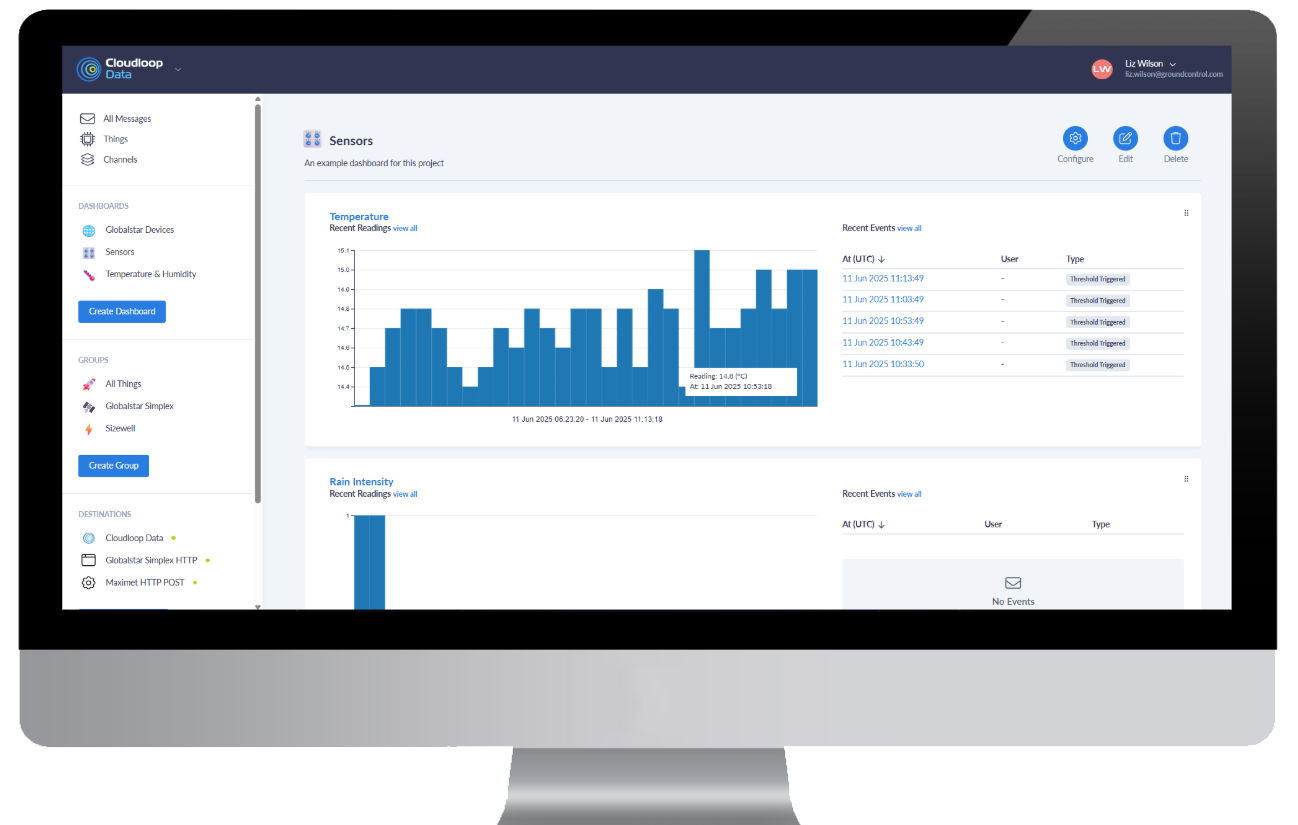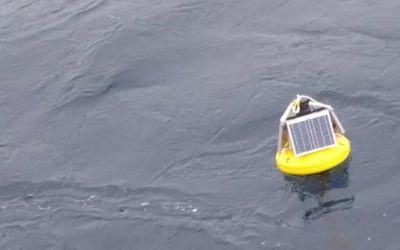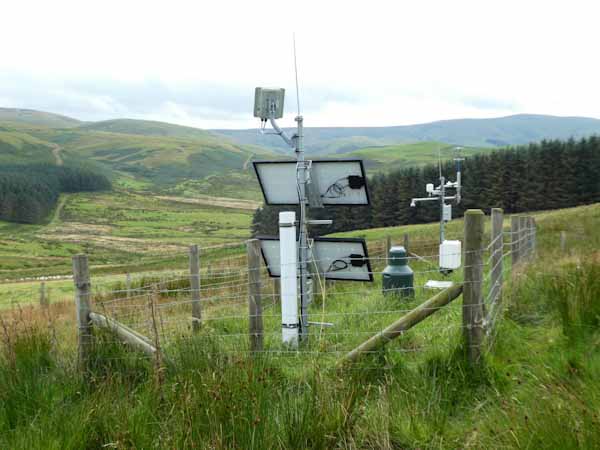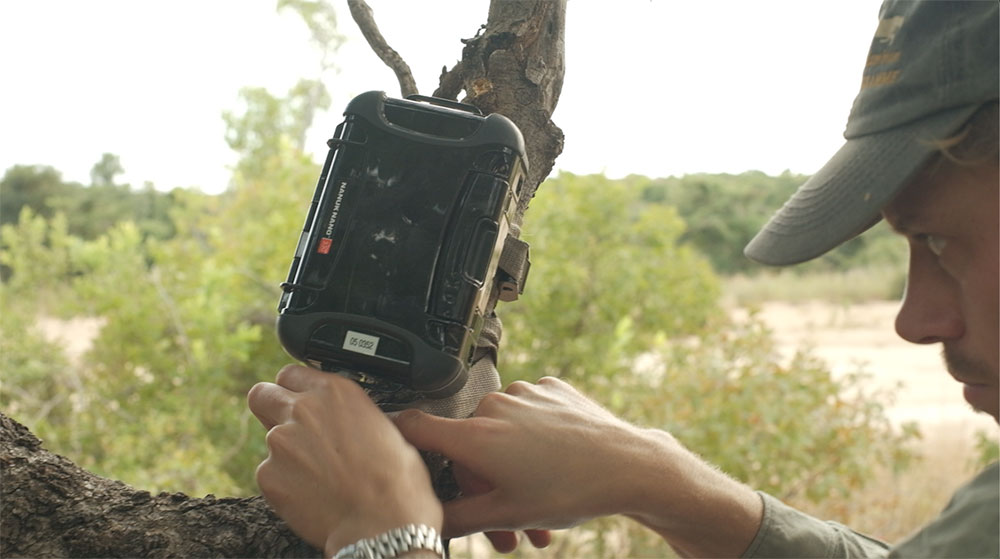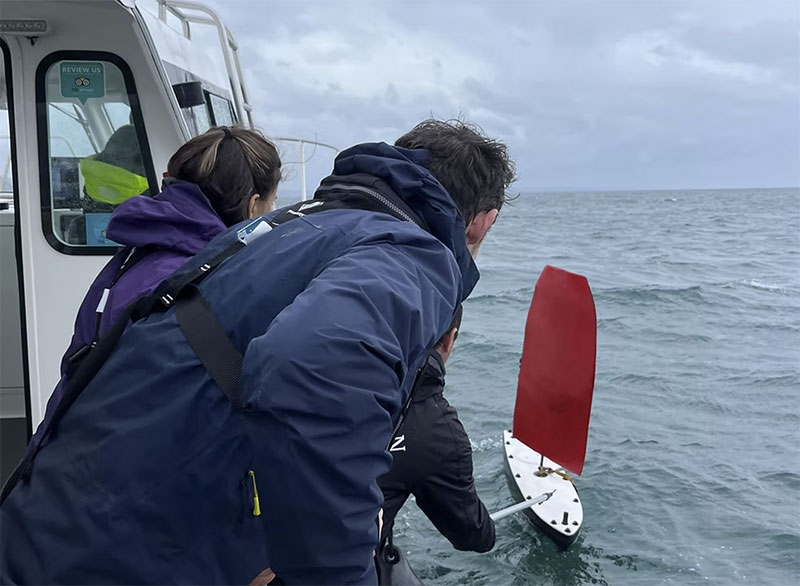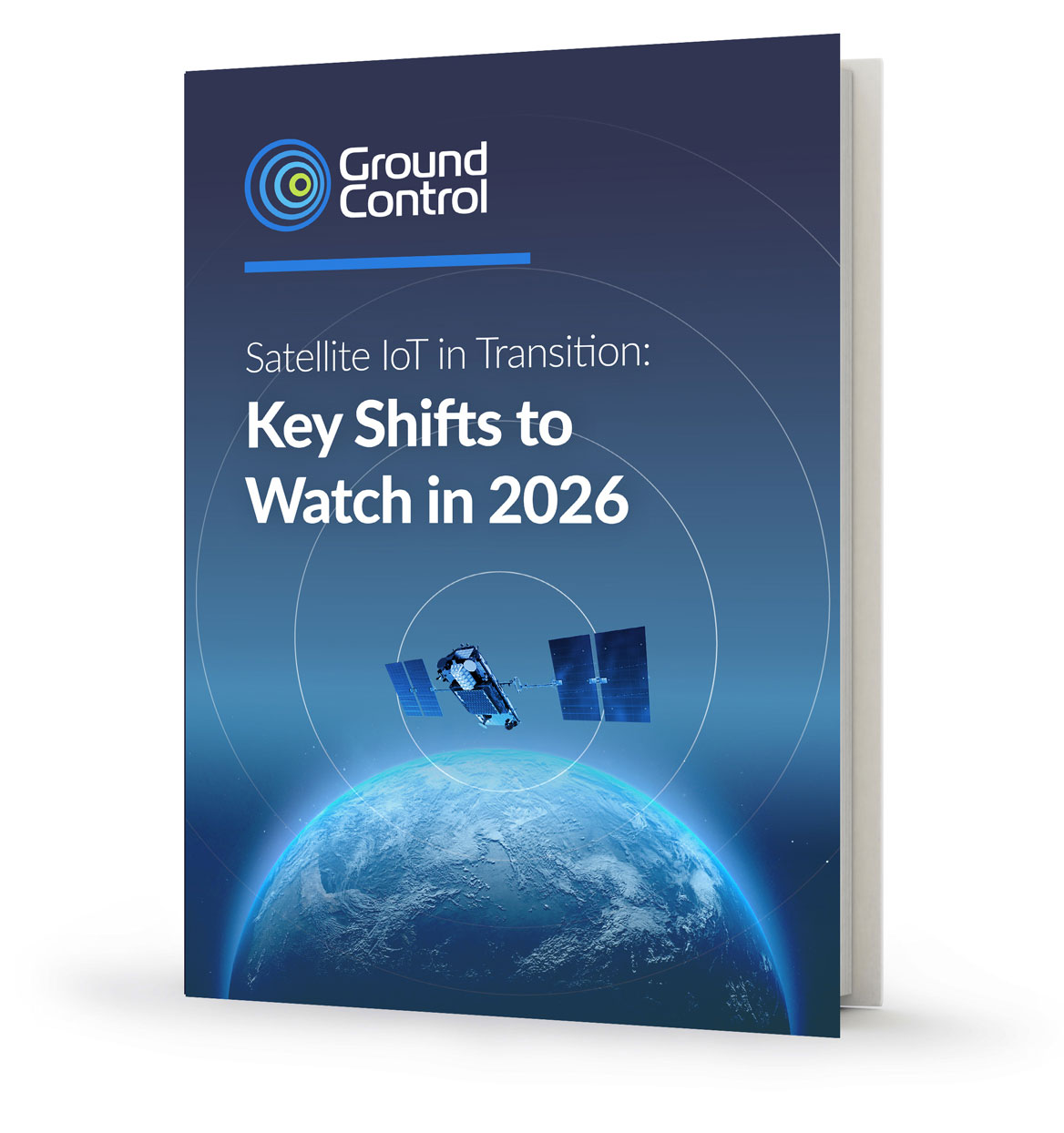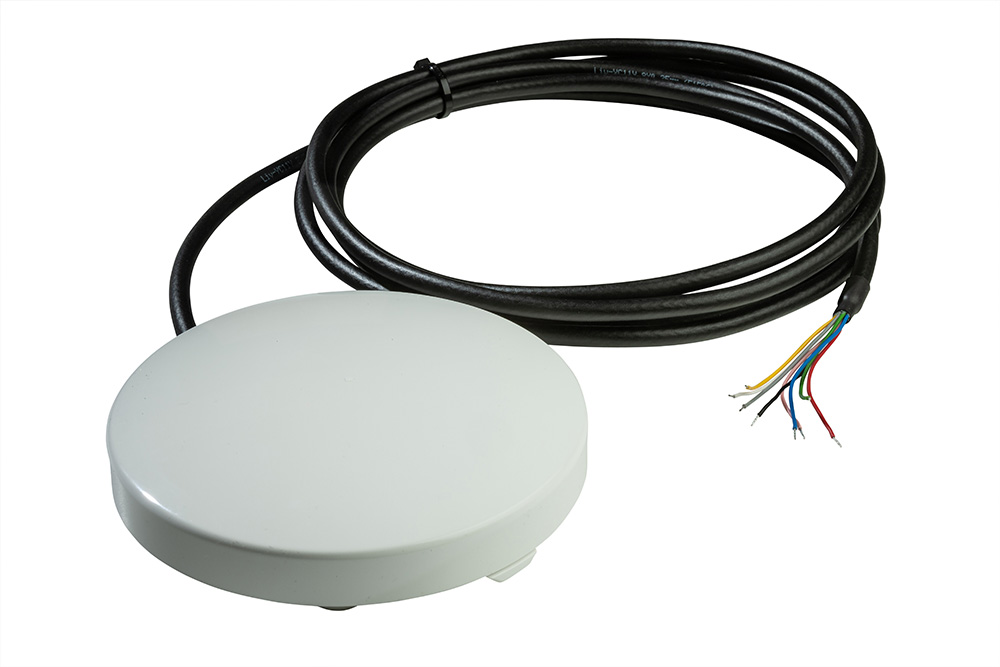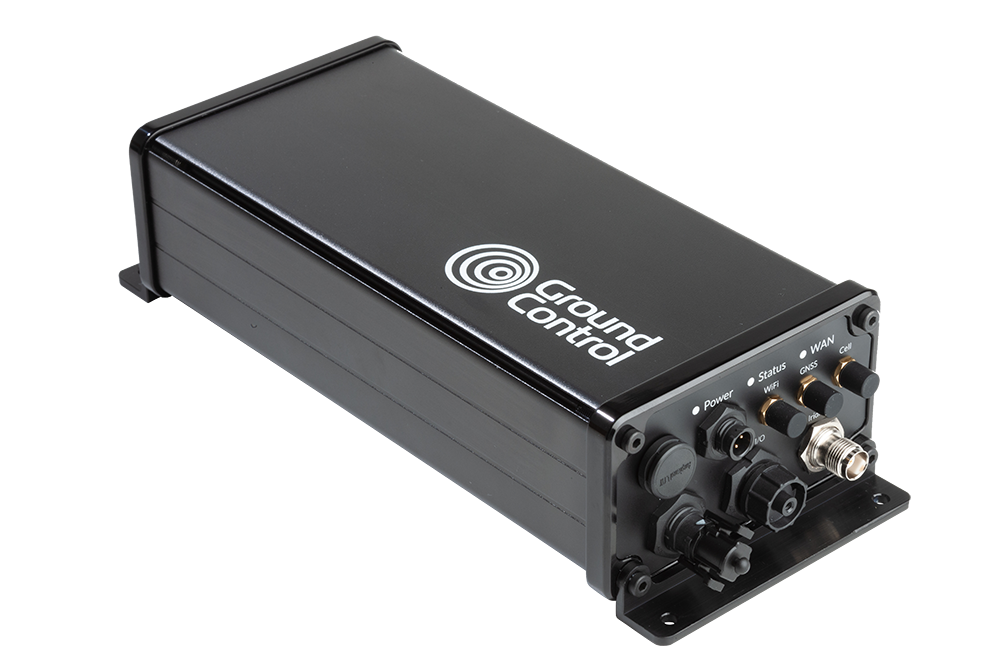In November 2021, Storm Arwen swept across the United Kingdom, causing three fatalities, felling millions of trees, and leaving almost one million homes without power. More than 100,000 homes were without electricity for several days.
In February 2023, Cyclone Gabrielle devastated New Zealand’s North Island, driving severe flooding and landslides, leaving about 225,000 homes without power, and costing 11 lives. It remains New Zealand’s most costly non‑earthquake disaster, with an estimated economic impact of ~NZ$14.5 billion (≈US$8.2 billion).
In February 2024, a windstorm in Victoria, Australia, significantly damaged transmission and distribution networks, leading to more than one million customers losing power. After three days, tens of thousands were still without supply.
As well as the devastating impact on industrial, commercial, and residential customers, sustained outages carry major penalty costs for operators. For example, on a single rural circuit, a 12 hour outage affecting 20,000 customers could trigger roughly US$2.0 million in automatic customer credits before any annual reliability penalties or reputational redress – and that’s just one feeder on one night.
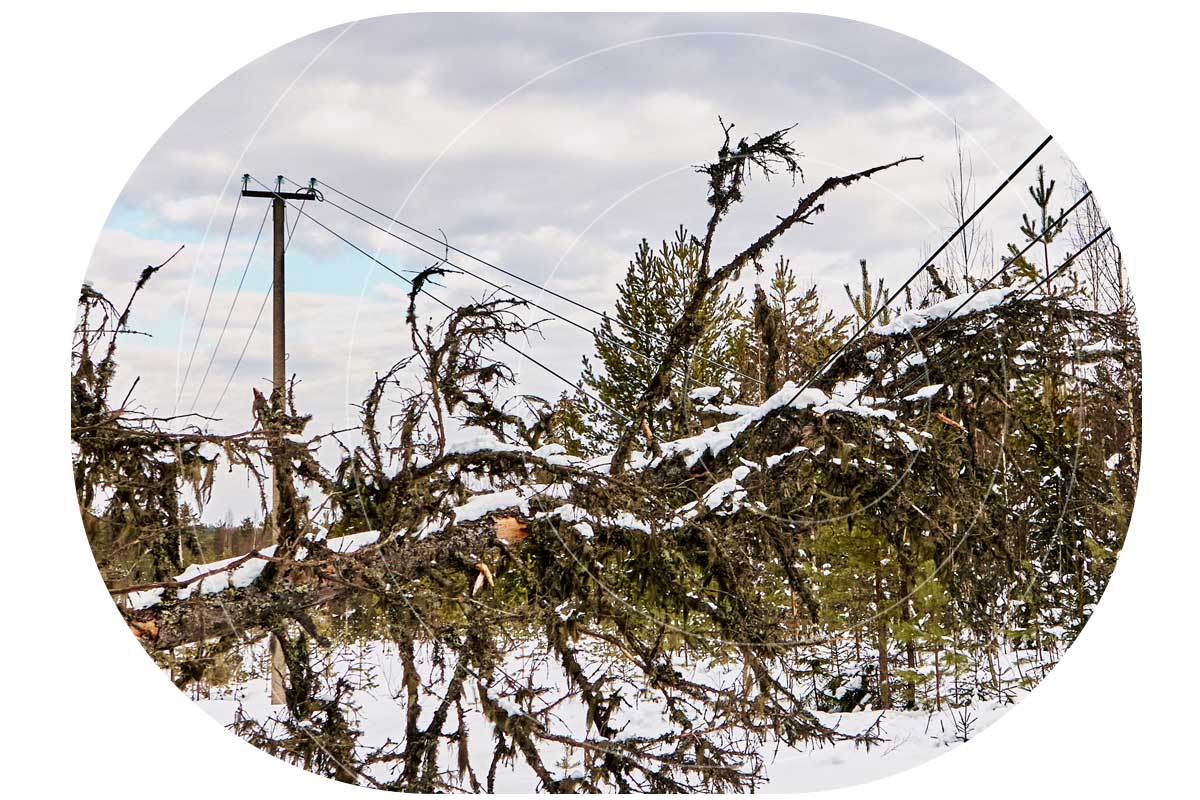
The Rural Failure Loop – What Keeps Going Wrong
In each of the events above, power outages and physical damage in rural areas knocked out portions of the fixed and mobile telecom networks. Cell sites ran out of backup power and fiber backhaul was cut, leading to reduced or, in some districts, no telemetry or remote control from field devices. That loss of communications degraded situational awareness and coordination, lengthening restoration.
Extreme weather is increasing in frequency and severity, so we can expect more of the same. A wildfire, wind, ice, or landslip causes a fault to hit the feeder. Telecom sites at the edge flip to battery, then go dark. As terrestrial backhaul – poles, towers, ducts, and fiber – shares the same geography and hazards, the event that takes down the feeder often takes down the comms, too.
Operators then fly blind: no live status from switches or IEDs; no remote commands; FLISR (Fault Location, Isolation, and Service Restoration) slows or stalls. This in turn slows down restoration, with more truck rolls, access delays, longer isolation and switching sequences. The impact on the customer grows; minutes become hours, and penalty clocks keep ticking.
Rural environments are particularly problematic because of the sparse infrastructure; often a single tower every many kilometers, and one fiber route serving an entire valley. When weather hits, you don’t just lose a path, you lose the path. Getting back online is slower too, as closed roads and washed out bridges delay generator drops, refuelling runs and fiber repairs, stretching restoration timelines.
True Path Diversity Needs Satellite Backhaul
The main defenses against sustained outages – reclosers, switches, sectionalizers, and the RTUs and IEDs that control them – often include edge logic, but operators still need status reports and command authority. For centralized, SCADA/DMS‑directed switching, the control room needs continuous situational awareness and safe, auditable operations. Both modes depend on connectivity, which is not straightforward in rural territory.
Private VHF/UHF, Wi‑SUN FAN (an IP‑based 802.15.4g/e mesh), microwave, and private LTE all have their place, but they frequently inherit the same poles, towers, ducts, and power feeds that storms take out. Satellite connectivity provides true path diversity and coverage where nothing else exists, without requiring you to build and maintain more terrestrial infrastructure.
This isn’t new. In 2015, Ergon Energy used BGAN M2M (now called Viasat IoT Pro) to connect hundreds of reclosers across Queensland, Australia. This is a proprietary satellite IoT service that delivers an IP‑grade link capable of carrying DNP3 / IEC‑104 cleanly, including command and acknowledgement workflows.
However, using satellite IoT for DA/SCADA remained niche because the trade-offs used to be unappealing. The satellites through which services like Viasat IoT Pro are delivered are in geostationary orbit (GEO), some 35,786 km above Earth.
This has two implications; one is that the round trip time for data (called latency) is around ~0.6 – 1.5 seconds; acceptable for event‑driven SCADA and supervised switching, but potentially an issue if you have a system architecture that expects real time data transmission.
The second is that antennas paired with GEO networks need to have line of sight to the satellite, which requires careful positioning, and it may not be possible to get a reliable link in forested or mountainous areas. There’s also a pervasive myth that satellite means dishes, trucks and big OPEX, meaning that many teams defaulted to building more terrestrial coverage or living with rural blind spots.
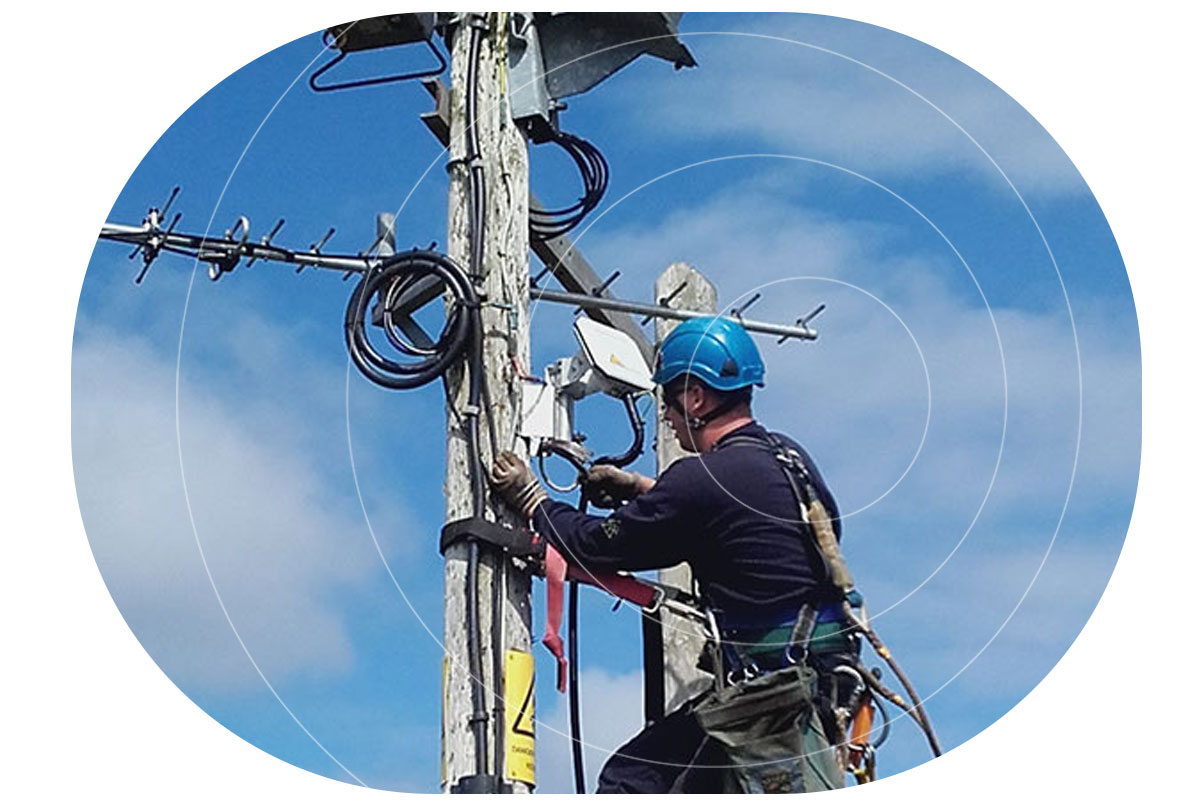
Why This Is a “Now” Issue
Things have changed. Low Earth Orbit (LEO) satellite services like Iridium Certus 100 have much lower (sub-second) latency due to their proximity to Earth; their interlinked satellite network means that antennas need only a clear view of the sky, and don’t need to be pointed. Further, antennas can be smaller, and draw less power, as the data doesn’t need to travel as far – you can pole-mount a link where the device actually sits.
Across both LEO and GEO satellite networks, modern message‑based services (e.g., IMT – Iridium Messaging Transport; Viasat IoT Nano) move away from a 24/7 pipe to heartbeat‑plus‑burst with delivery acknowledgements. That’s far more economical (and power efficient) and maps well to grid operations: quiet most days, chatty during incidents.
Ruggedized terminals like RockREMOTE Rugged support both IP and message modes, work with dual‑WAN routers for automatic failover, and provide store‑and‑forward so data and commands are queued and delivered in order with proof of delivery.
Highly capable terminals, again like RockREMOTE Rugged, can also act as field gateways, aggregating low power sensors and fault indicators over LoRaWAN (or Wi‑SUN) and backhauling their data over satellite. With hosted applications at the edge, operators can separate event alarms from periodic telemetry and transmit only when needed.
The result is a pragmatic architecture: put direct satellite at a few control‑deciding points – feeder head, key tie switches, and outgoing feeders at the substation – and aggregate the many sensors / indicators to a satellite-backhauled gateway to manage cost. Combine that with event‑based transmissions, low idle costs, and near‑real time bursts when storms hit, and you have an economical, reliable coverage layer that’s independent of terrestrial networks.
Smart automation only works if it can talk. Satellite at a handful of control‑deciding points gives that automation a path that doesn’t go dark when poles, towers, or ducts do, so FLISR and operator decisions still happen in minutes, not hours.
Securing DA/SCADA Data
Security isn’t just about keeping links up; it’s about keeping DA/SCADA traffic private and accountable. Service providers that specialize in critical national infrastructure, like Ground Control, typically break out satellite traffic at a controlled meet-me point and carry it to the utility OT network over private VPN/MPLS, helping avoid best effort internet paths and keeping routing and auditing clear. At the edge, devices use certificate-based encryption with store-and-forward and acknowledgements, so data and commands are queued and delivered in order even through brief fades. Paired with dual-WAN failover, this approach reduces exposure during storms while preserving a predictable operator experience.
In short, the grid won’t get kinder and the penalties won’t get lighter. What you can change is whether your automation can still talk when the weather arrives. By giving a small number of control-deciding points a path that doesn’t share poles, towers, or ducts, and aggregating the many through a satellite-backhauled gateway, you turn hours of uncertainty into minutes of switching. Start where it matters most: your feeder heads, key ties, and outgoing feeders; measure the restoration minutes you take back, then scale.
Make Comms One Less Thing To Worry About
Ground Control has over 20 years of experience in delivering satellite connectivity for Critical National Infrastructure. We know that every network is different, and we can provide expert advice on getting the right mix of direct satcom and gateways.
Complete the form or email hello@groundcontrol.com, and we’ll be in touch within one working day.

